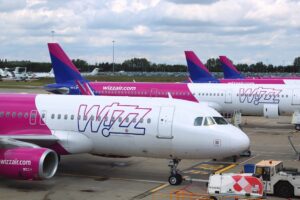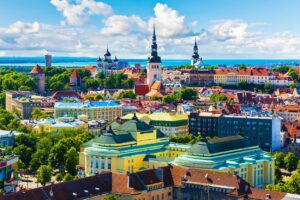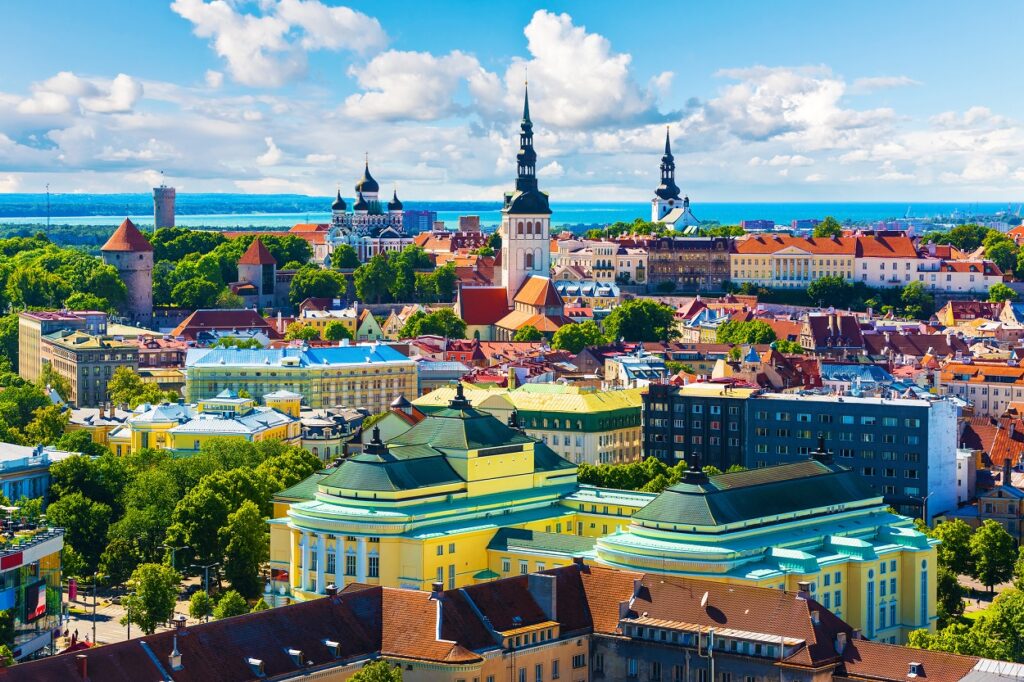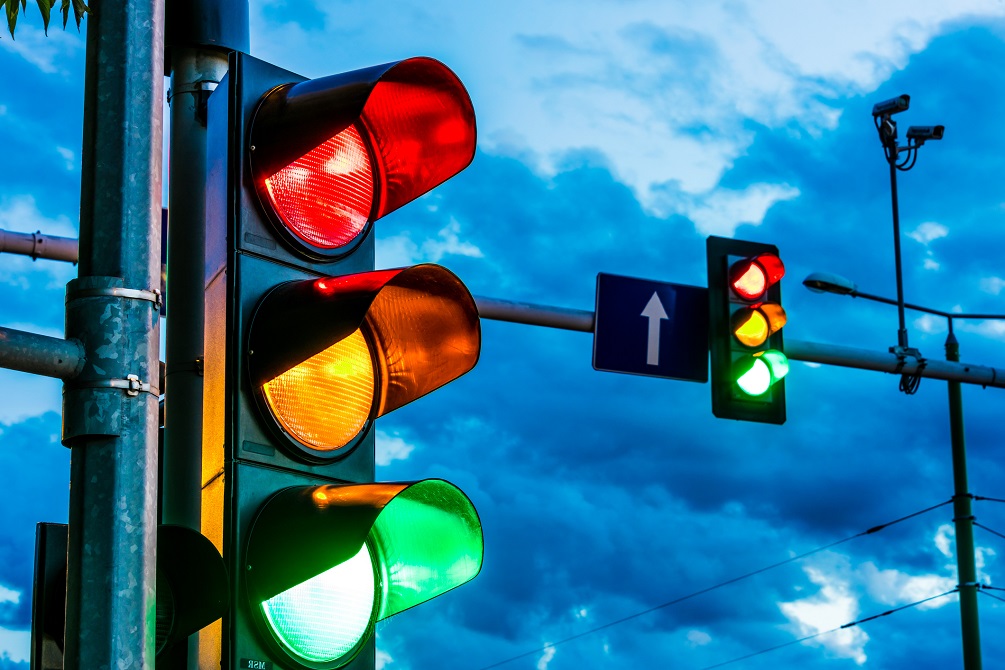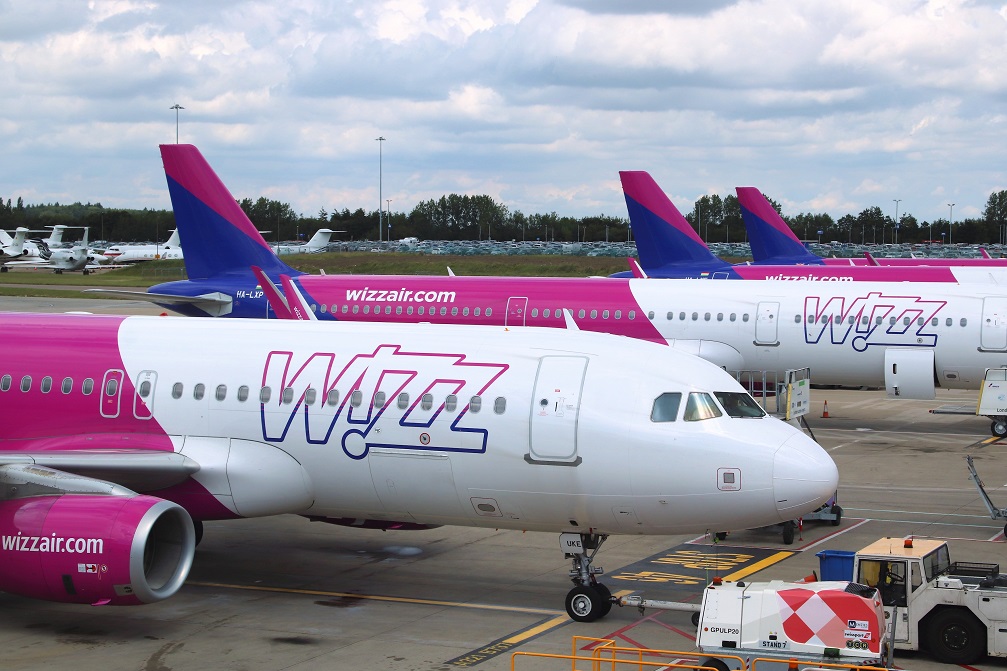Romania
From historic monuments listed as UNESCO World Heritage Sites to magnificent nature reserves, Romania is the ideal place to feed your mind, body, and soul.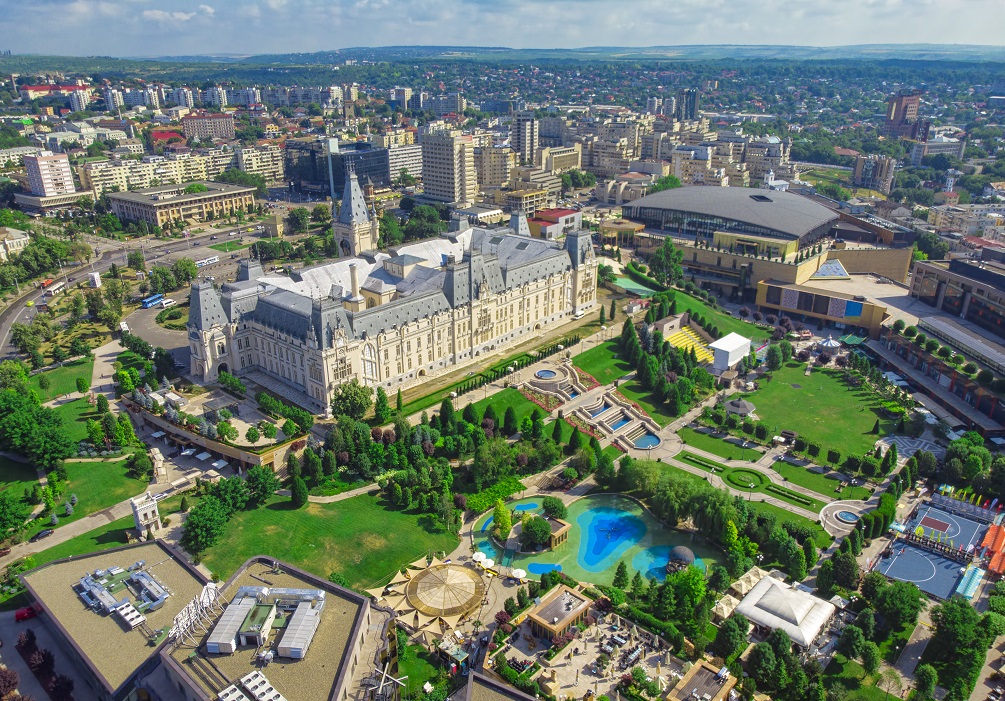
Lying at the intersection of Eastern, South-eastern, and Central Europe, Romania is a country that you must see at least once in your life.
Romania has a diverse landscape, with around a third of the country being mountainous and another third being forested. Hills and plains make up the rest of the land.
The country is home to the Danube Delta, a natural spectacle with its largest extension in Romania. It’s the second-largest and best-preserved delta in Europe, with 360 species of birds and 45 species of freshwater fish.
If you’re interested in a history or nature immersion, Romania won’t disappoint. There are 8 UNESCO world heritage sites, including the Danube Delta and the Historic Centre of Sighisoara.
Romania also has 13 national parks and three biosphere reserves.
Apart from its abundance of natural beauty, Romania’s cities are worth exploring as well.
The capital of Romania, Bucharest, has its own Arc de Triomphe, with a museum that’s open on special occasions. Timișoara is ideal for exploring Romanian culture through opera and theatre.
The largest rock sculpture in Europe, Decebalus, is in Romania. It was sculpted by the historian Iosif Constantin Dragan to represent the last king of Dacia.
A temperate-continental climate is present in Romania, meaning summers are very hot, winters are cold and long, springs are rainy and autumns are dry.
Romanian, a romance language, is widely spoken in Romania. The country is secular but much of the population is Orthodox.
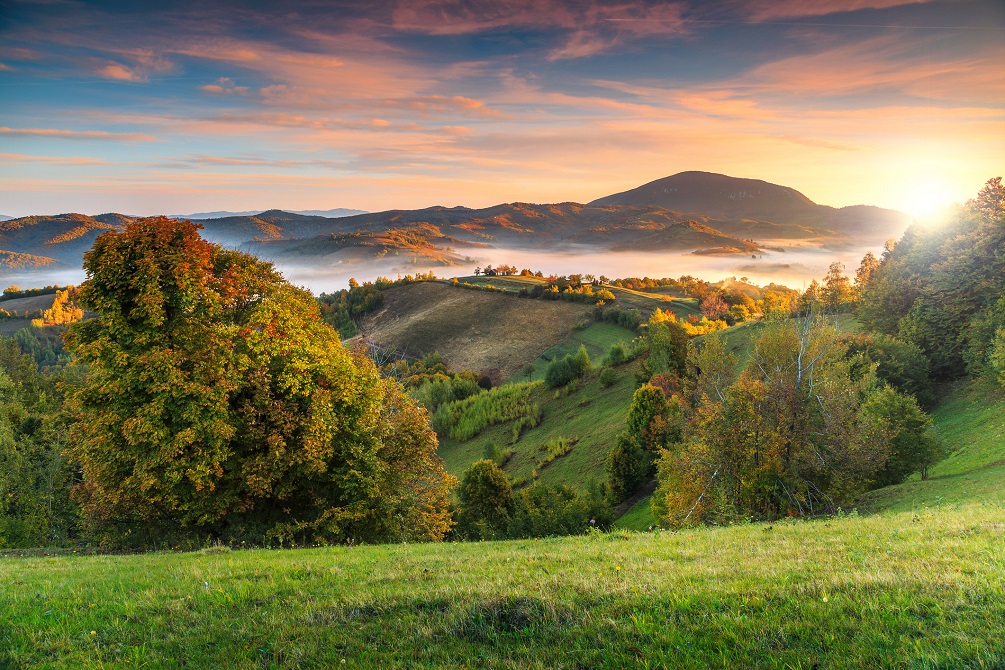


Romania shares a border with Bulgaria to the south, Serbia to the southwest, Hungary to the west, Ukraine to the north, Moldova to the east, and the Black Sea to the southeast.
The country has various topographic features that are roughly equal in coverage, from mountains and hills to forests and plains.
Central Romania is mountainous; the Carpathian Mountains cross the country from the north to the southwest.
There are 14 mountain ranges found in this area. The highest is Moldoveanu Peak at 2,544 m (8,346 ft.). The Moldavian and Transylvanian plateaus, the Carpathian Basin, and the Wallachian plains surround the mountain ranges.
One of the largest undisturbed forests in Europe covers about 30% of Romania. And six terrestrial ecoregions form part of the country, including the Balkan mixed forests, Pontic steppe, and the Pannonian mixed forests.
Romania has many geographic regions, namely Walachia, Dobruja, Moldavia, Banat, and Transylvania.
The Walachia runs south from the Southern Carpathians (Transylvanian Alps) to the Bulgarian border. The Olt River divides this region.
Dobruja, which is also part of Bulgaria, lies in the southeast between the lower Danube and the Black Sea.
On the Ukrainian border, Moldavia stretches from the Eastern Carpathian Mountains to the Prut River.
In the west, Banat is surrounded on the north by the Mureș River. It extends south and west into Hungary and Serbia.
Transylvania is bordered on the south by the Southern Carpathians, on the north and east by the East Carpathians, and on the west by the Bihor Mountains.
Roughly one-third of Romania is plains, which are fully developed in the south and west.
The Danube River lies on the Serbian and Bulgarian border. It’s Europe’s largest river that empties into the Black Sea, forming the Danube Delta. Bucharest lies north of the Danube.
Several branches of the Danube flow through Romania, notably the Prut, Mureș, Olt, Siret, Ialomiƫa, and Someș rivers.
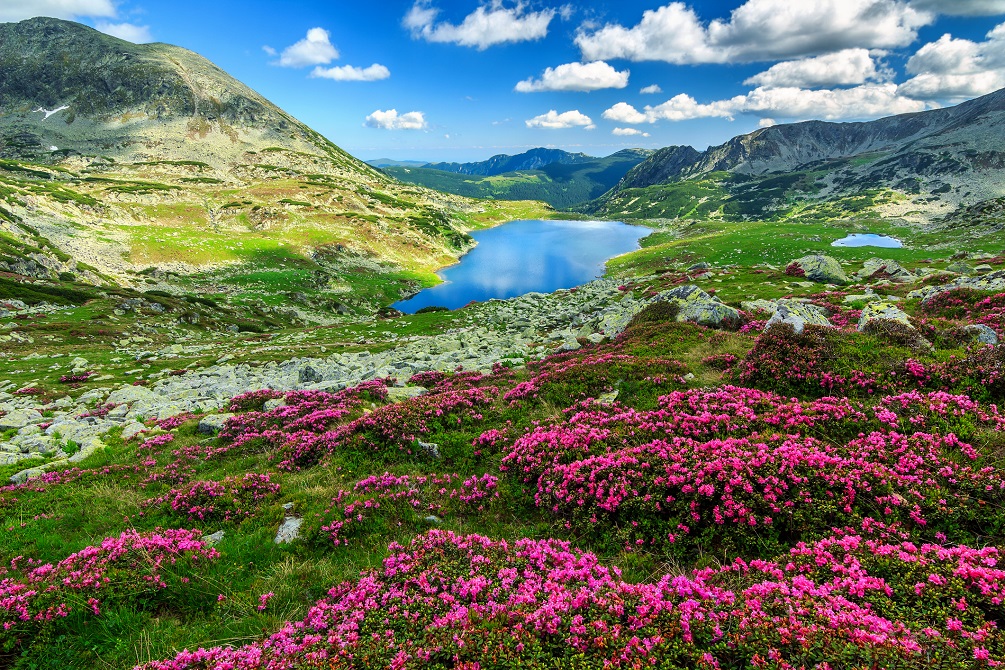


Romania’s mountainous landscape and its distance from the open sea result in a temperate and continental climate.
The central and western regions, such as Banat, have a mild climate with Mediterranean influences, while the eastern areas have a more distinct continental climate.
The climate in Dobruja is influenced by the neighboring Black Sea.
In the north, the average annual temperature is about 8 °C (46 °F), while in the south it’s 11 °C (52 °F).
The four distinguishable seasons present in the country are summer, autumn, winter, and spring.
Summers (late July to late September) in Bucharest are warm, also in the eastern and southern regions. The peak daytime temperature can be as high as 28 °C (82 °F). In areas with a lower elevation, the temperature can reach 35 °C (95 °F).
Autumn has dry warm weather, and it’s the longest of the transitional seasons. The season runs from September to late November.
Intensely cold weather, blizzards in the plains, and negative temperatures characterize Romanian winters. The average maximum temperature is below 2 °C (36 °F).
The Transylvanian Plateau, where the cities of Sibiu and Cluj-Napoca are located, is much colder than the rest of the country.
Spring starts in late March, with days and evenings pleasantly warm. The average temperature is 20 °C (82 °F).
This season is the perfect time to enjoy Martisor, the Romanian tradition that marks the beginning of Spring.
Rainfall is more in the western and northern regions of Romania and in the mountainous areas.
The average annual rainfall is about 750 mm (30 in), with higher amounts recorded in the mountains. In Bucharest, the average precipitation is about 570 mm (22 in).
There’s more than one optimal time to visit Romania. Every season introduces a new adventure. However, early May to June and September are ideal for outdoor activities and exploring the cities.
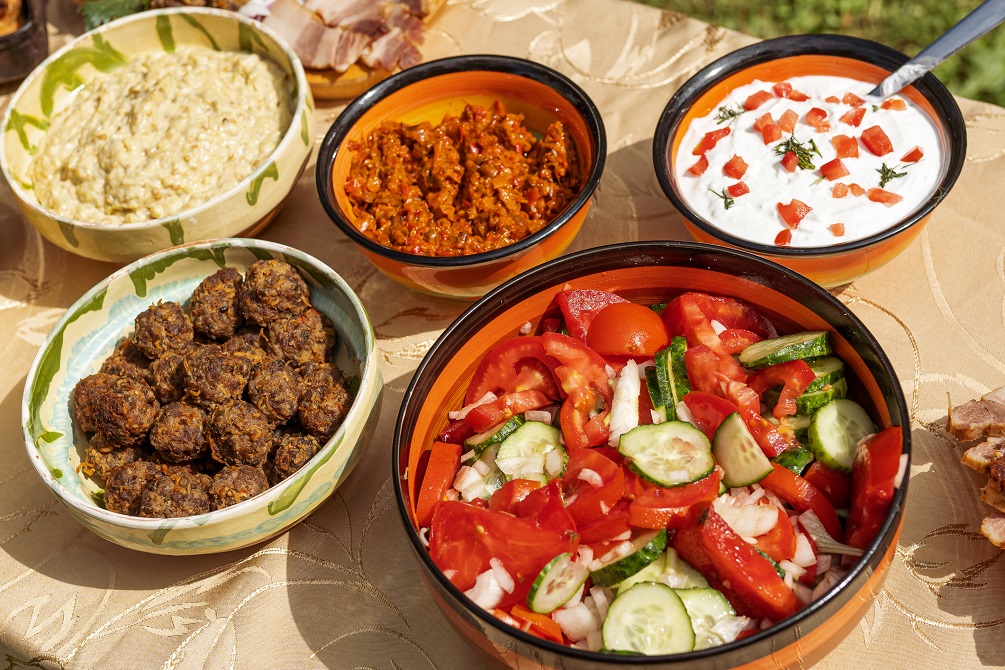


From rolls made of grilled ground meat (mititei) to pies with cheese filling (Poale-n Brau), the flavours of Romanian cuisine will never fail to leave you wanting more.
Romanian cuisine is varied not only in ingredients but also in preparation styles and cooking traditions across the country.
Meat is an integral part of most dishes, especially for meals prepared on holidays. However, Romanians use dairy, cereals, vegetables, lamb, and fish as well.
The historical region of Romania, Muntenia, has its own special cuisine. Muntenian cuisine is influenced by Italian, Greek, French, and Oriental cuisines. It reflects the diversity and resourcefulness of its people.
Popular meals in Muntenia include soups made from poultry, beef, or vegetables, particularly tripe soup.
The cuisine of Transylvania is flavourful and hearty, usually comprising pork, vegetables, milk, cheese, and eggs.
Dobrogean cuisine is also popular in the country. These dishes are often lighter and contain lots of oils, butter, and margarine.
Mititei and mamaliga (porridge made from yellow maize flour, similar polenta), are some other Romanian dishes you must try.
Sarma is another popular Romanian dish derived from Moldavian cuisine. It can either be a sweet or savoury dish.
The dessert version of Sarma is made of filo dough with a filling of various chopped nuts. The savoury dish comprises grape, cabbage, monk’s rhubarb, orchard leaves often filled with minced meat.
Ciorbă de potroace is another popular soup you can enjoy in Romania.
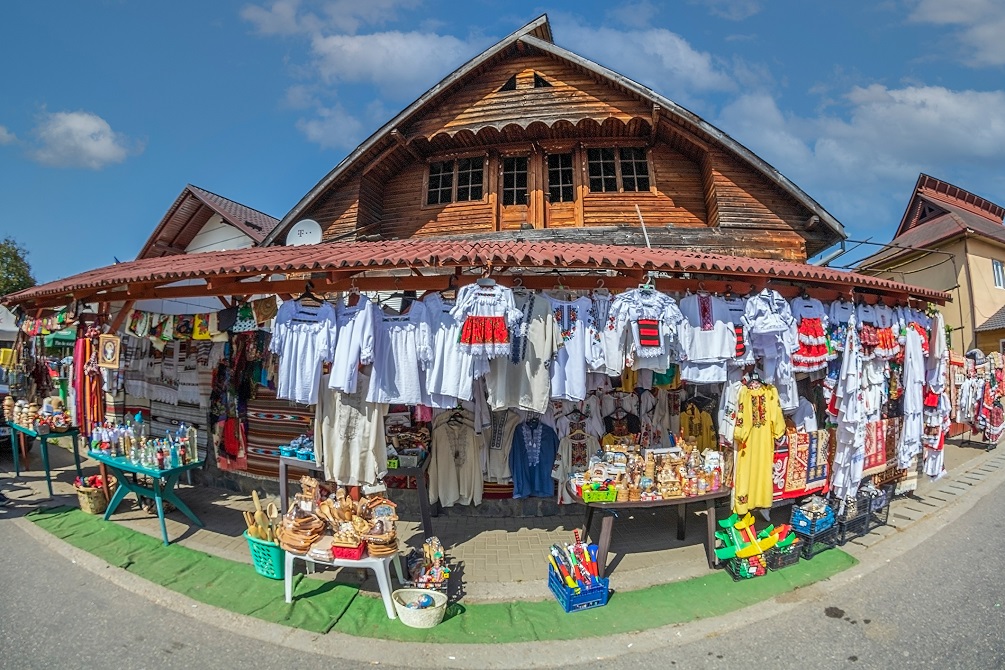


Choose comfortable and casual garments when deciding what to pack for your trip to Romania.
The only occasions you’ll be required to dress up are when going to a concert, the opera, or a nightclub. In these cases, a sports coat will work well for men and a classy outfit for women.
Depending on the activities you plan to do in Romania, you’ll need to dress appropriately.
For mountain hikes, a waterproof jacket or comfortable footwear is best. For beach activities, pack a swimsuit of your choice, a wide-brimmed hat, and sunglasses.
If touring a monastery is on your bucket list, ensure you pack clothes that cover your shoulders. Also, avoid flip-flops and shorts.
When visiting Romania in winter, you’ll need extremely warm garments, including a thick coat, sweaters, a rain jacket, and gloves.
As for a summer trip, light clothing is best, especially if you’re staying within the cities.
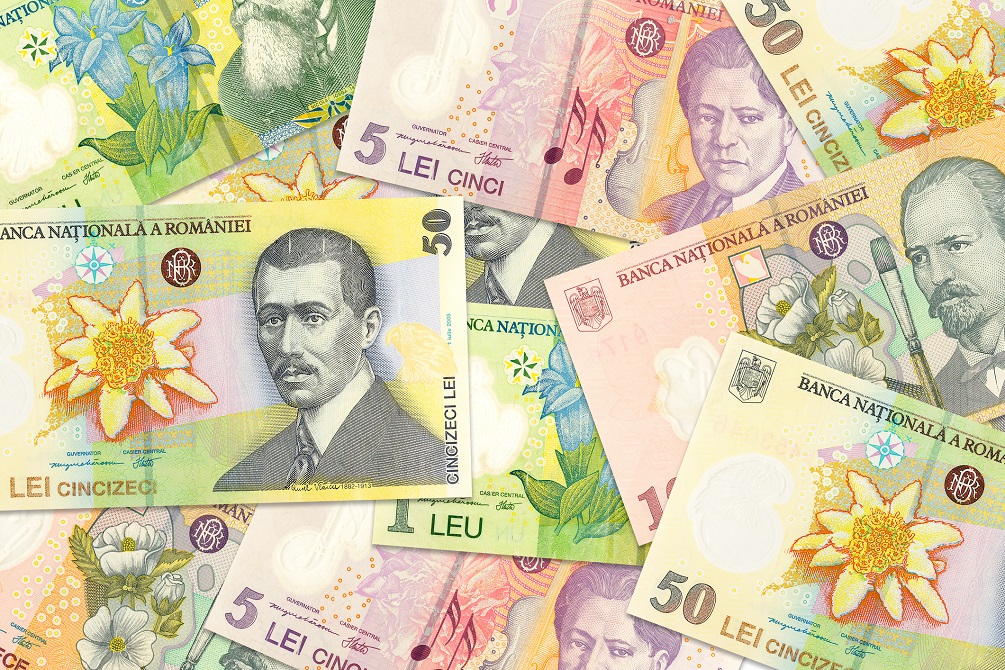


The national currency of Romania is the Romanian leu (RON); one leu is subdivided into 100 bani.
Banknotes come in denominations of 1, 5, 10, 50, 100, 200, and 500 lei. However, the 200 and 500 RON notes are rarely used. Coins come in denominations of 1, 5, 10 and 50 bani. The 10 bani is usually not accepted.
You can use your debit or credit card to make purchases in cities and large towns. If you’re headed off the beaten track or making small purchases at markets, you’ll need to carry some cash.
Exchanging your money at a bank is best, as you will get a more favorable rate. You can also change money at a private exchange booth (casa de schimb). Avoid changing money on the street with strangers.
There are plenty of ATMs in Romanian towns and cities that operate 24/7.
Ensure you inform your bank that you’ll be traveling to Romania so they don’t block your card.
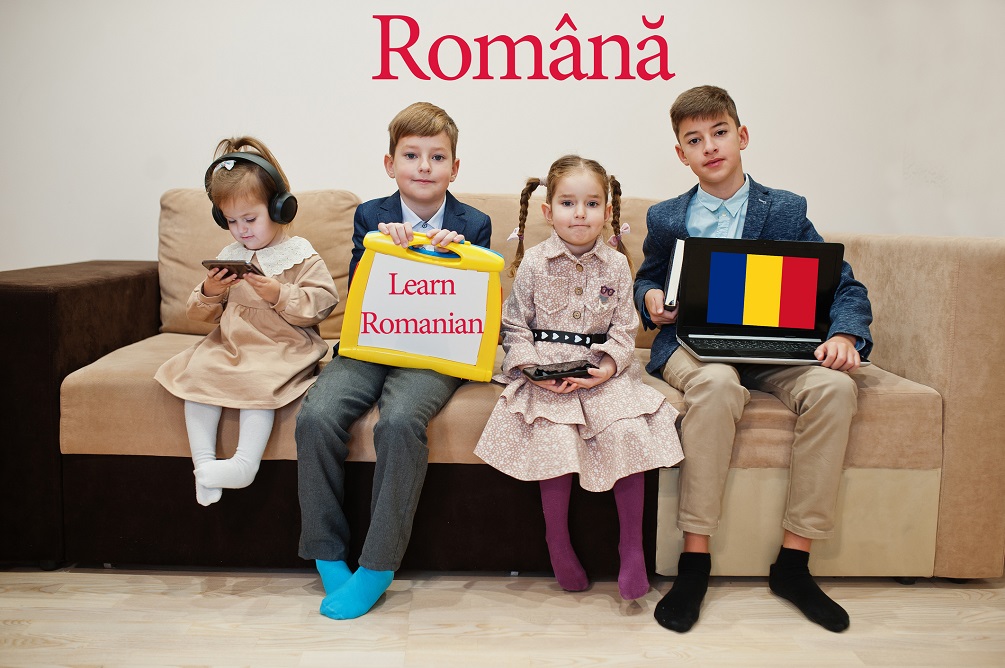


The official language of Romania is Romanian, which is spoken by about 90% of the population in several regional varieties.
The minority languages include Hungarian, Ukrainian, German, Serbian, and Turkish. English is spoken by approximately 30% of the population.
Learning some basic Romanian words and phrases before you travel to the country can make navigating the cities and towns easier. Here are a few Romanian terms and sayings you should know for your trip:
- Hi (informal) – Bună (boon-uh) / Salut (sa-loot)
- Hello (formal) – Bună ziua (boon-uh zee-wah) / Sănătate (suh-nuh-tah-tay)
- Good morning – Bună dimineața (dee-mee-n’yat-sah)
- Good evening – Bună seara
- Good night – Noapte bună (n’wap-tay boon-uh)
- Goodbye – La revedere
- Thank you – Mulțumesc (moolt-soo-mesk)
- You’re welcome – Cu plăcere
- Please – Vă rog (vuh-rog) / Te rog
- Where is x – Unde este / Unde e x
- How much does it cost? – Cât costă?
This is how you pronounce the unique letters of the Romanian alphabet:
- ă is uh as in appropriate
- ș is sh as in shovel
- â/î is a forceful uh
- ț is ts or zz as in pizza.
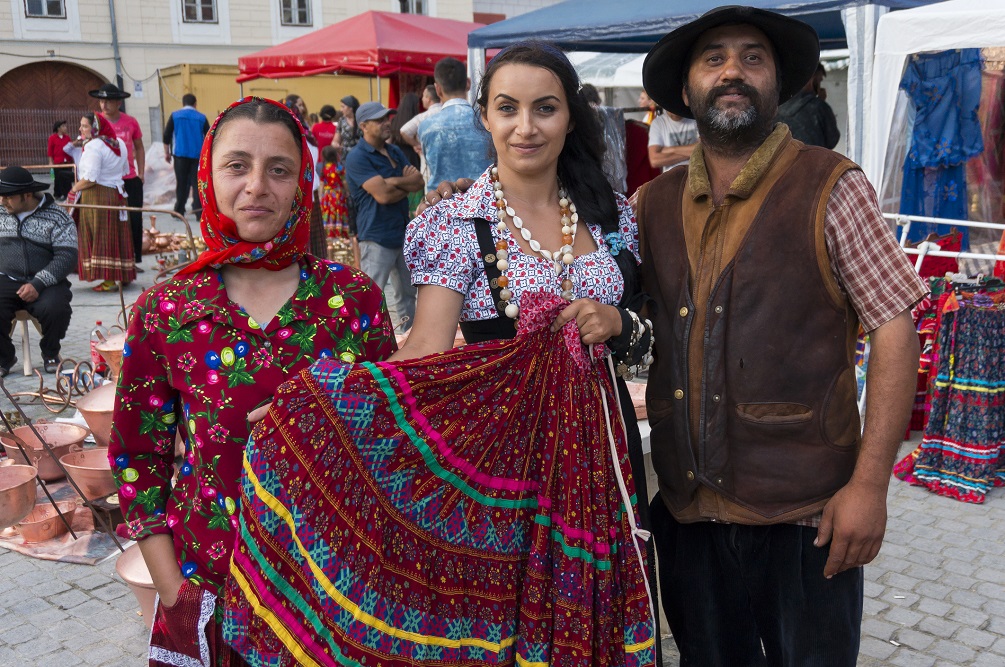


Romanians have developed and molded their own unique cultural identity over time, despite borrowing most of their ethnic and cultural character from Romans.
Each region has its own specific traditions influenced by different cultures, in some cases those neighboring them. For example, Moldavian culture reflects the influence Ukraine and Russia had because of their proximity.
Most of the country’s population is ethnic Romanians. In the north-western parts of the country, particularly in Transylvania, there are many Hungarians. They form the largest minority ethnic group in the country.
A small portion of the population (about 10%) identify themselves as Roma (Gypsies). Other minorities include Ukrainians, Serbs, Turks, and Germans.
Romanian culture comprises several folkloric traditions and holiday celebrations. Mythology plays an important role in traditional practices.
Egg painting is a popular traditional practice of Romanians around Easter. Spring is ushered into the country with a celebration known as Martisor.
Christmas and New Year are magical times in Romania. The Christmas market in Bucharest is lit with various dazzling lights and unique folklore dances and games are common.
Romanians have made pioneering contributions to medicine and engineering.
The most notable is the creation of insulin by Nicolae Constantin Paulescu, the invention of the fountain pen by Petrache Poenaru, and the foundation of biospeleology by Emil Racovita.
Romania is a secular country with no official religion. Most Romanians are Christian, with most belonging to the Romanian Orthodox Church. Other religions include Protestantism, Roman Catholicism, and Greek Catholicism.
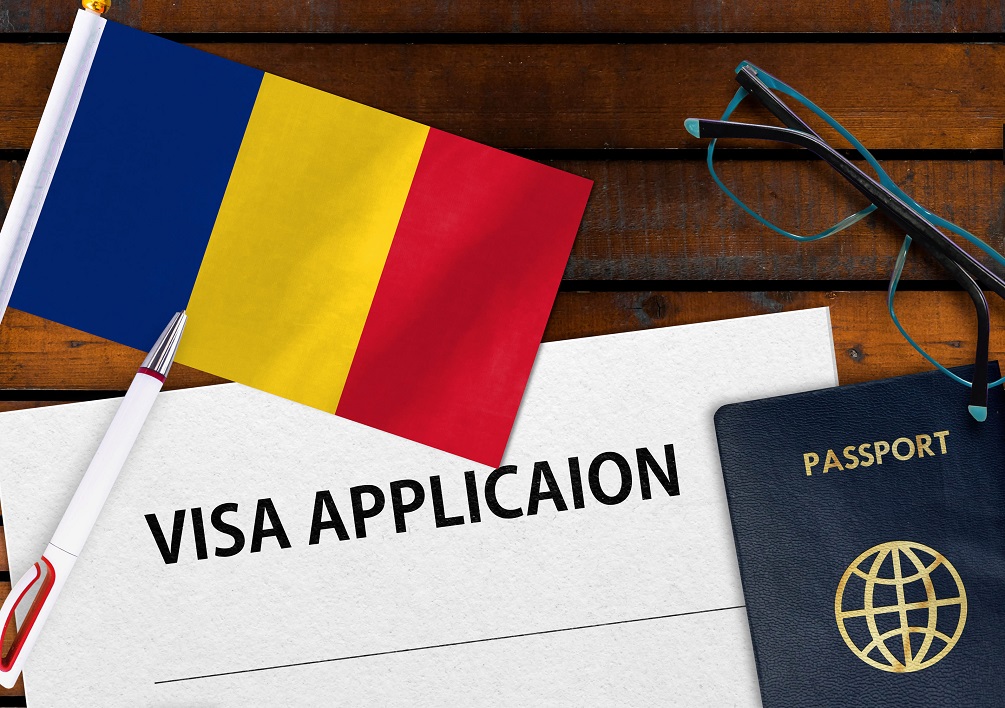


British citizens can travel to Romania without a visa for stays of up to 90 days in any 180-day period. Romania is part of the Schengen zone, so if you plan to travel to other Schengen countries, ensure your itinerary totals 90 days.
To stay longer in the country, you’ll have to meet the Romanian government’s entry requirements. The Romanian Embassy can assist to let you know what type of visa you may need.
At Romanian border control, you may be required to provide proof of an onward or return ticket. Also, you may need to prove that you have sufficient funds for the duration of your stay in the country.
Your passport should not expire within at least 3 months after the date you plan to leave Romania. It should also not be older than ten years.
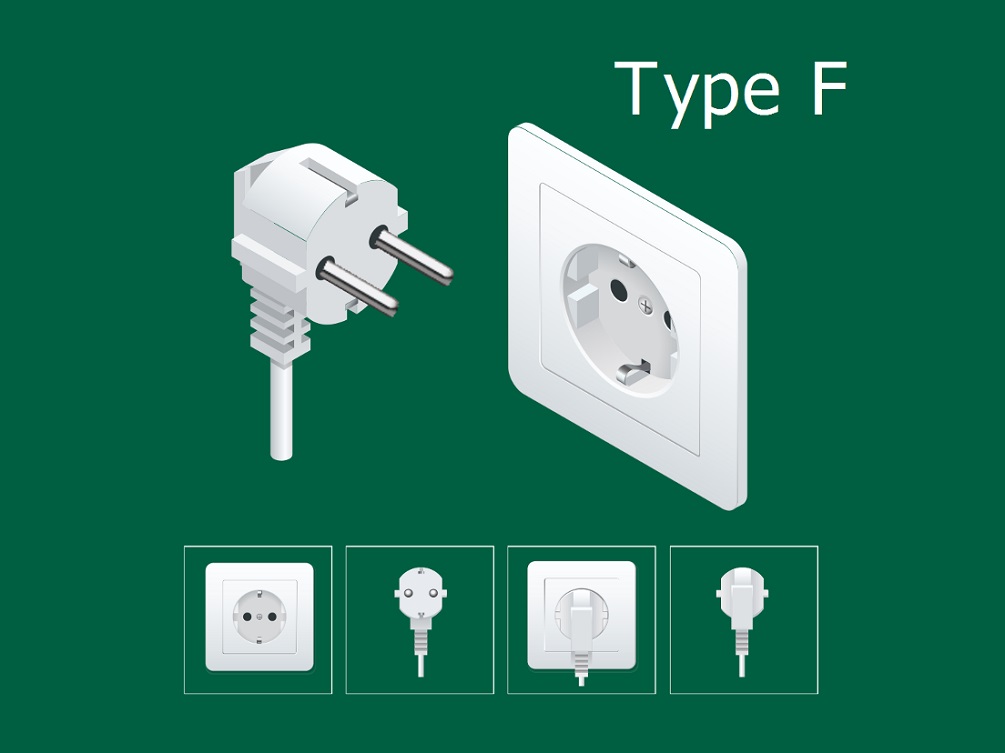


The plugs and sockets used in Romania are Type F (circular with two round pins and two earth clips).
Sockets supply a standard voltage of 230 V and a standard frequency of 50 Hz.
If you’re traveling with appliances that have a lower voltage, it’s best to bring along a converter. Also, a universal adapter with surge protection will come in handy.



Lying at the intersection of Eastern, South-eastern, and Central Europe, Romania is a country that you must see at least once in your life.
Romania has a diverse landscape, with around a third of the country being mountainous and another third being forested. Hills and plains make up the rest of the land.
The country is home to the Danube Delta, a natural spectacle with its largest extension in Romania. It’s the second-largest and best-preserved delta in Europe, with 360 species of birds and 45 species of freshwater fish.
If you’re interested in a history or nature immersion, Romania won’t disappoint. There are 8 UNESCO world heritage sites, including the Danube Delta and the Historic Centre of Sighisoara.
Romania also has 13 national parks and three biosphere reserves.
Apart from its abundance of natural beauty, Romania’s cities are worth exploring as well.
The capital of Romania, Bucharest, has its own Arc de Triomphe, with a museum that’s open on special occasions. Timișoara is ideal for exploring Romanian culture through opera and theatre.
The largest rock sculpture in Europe, Decebalus, is in Romania. It was sculpted by the historian Iosif Constantin Dragan to represent the last king of Dacia.
A temperate-continental climate is present in Romania, meaning summers are very hot, winters are cold and long, springs are rainy and autumns are dry.
Romanian, a romance language, is widely spoken in Romania. The country is secular but much of the population is Orthodox.



Romania shares a border with Bulgaria to the south, Serbia to the southwest, Hungary to the west, Ukraine to the north, Moldova to the east, and the Black Sea to the southeast.
The country has various topographic features that are roughly equal in coverage, from mountains and hills to forests and plains.
Central Romania is mountainous; the Carpathian Mountains cross the country from the north to the southwest.
There are 14 mountain ranges found in this area. The highest is Moldoveanu Peak at 2,544 m (8,346 ft.). The Moldavian and Transylvanian plateaus, the Carpathian Basin, and the Wallachian plains surround the mountain ranges.
One of the largest undisturbed forests in Europe covers about 30% of Romania. And six terrestrial ecoregions form part of the country, including the Balkan mixed forests, Pontic steppe, and the Pannonian mixed forests.
Romania has many geographic regions, namely Walachia, Dobruja, Moldavia, Banat, and Transylvania.
The Walachia runs south from the Southern Carpathians (Transylvanian Alps) to the Bulgarian border. The Olt River divides this region.
Dobruja, which is also part of Bulgaria, lies in the southeast between the lower Danube and the Black Sea.
On the Ukrainian border, Moldavia stretches from the Eastern Carpathian Mountains to the Prut River.
In the west, Banat is surrounded on the north by the Mureș River. It extends south and west into Hungary and Serbia.
Transylvania is bordered on the south by the Southern Carpathians, on the north and east by the East Carpathians, and on the west by the Bihor Mountains.
Roughly one-third of Romania is plains, which are fully developed in the south and west.
The Danube River lies on the Serbian and Bulgarian border. It’s Europe’s largest river that empties into the Black Sea, forming the Danube Delta. Bucharest lies north of the Danube.
Several branches of the Danube flow through Romania, notably the Prut, Mureș, Olt, Siret, Ialomiƫa, and Someș rivers.



Romania’s mountainous landscape and its distance from the open sea result in a temperate and continental climate.
The central and western regions, such as Banat, have a mild climate with Mediterranean influences, while the eastern areas have a more distinct continental climate.
The climate in Dobruja is influenced by the neighboring Black Sea.
In the north, the average annual temperature is about 8 °C (46 °F), while in the south it’s 11 °C (52 °F).
The four distinguishable seasons present in the country are summer, autumn, winter, and spring.
Summers (late July to late September) in Bucharest are warm, also in the eastern and southern regions. The peak daytime temperature can be as high as 28 °C (82 °F). In areas with a lower elevation, the temperature can reach 35 °C (95 °F).
Autumn has dry warm weather, and it’s the longest of the transitional seasons. The season runs from September to late November.
Intensely cold weather, blizzards in the plains, and negative temperatures characterize Romanian winters. The average maximum temperature is below 2 °C (36 °F).
The Transylvanian Plateau, where the cities of Sibiu and Cluj-Napoca are located, is much colder than the rest of the country.
Spring starts in late March, with days and evenings pleasantly warm. The average temperature is 20 °C (82 °F).
This season is the perfect time to enjoy Martisor, the Romanian tradition that marks the beginning of Spring.
Rainfall is more in the western and northern regions of Romania and in the mountainous areas.
The average annual rainfall is about 750 mm (30 in), with higher amounts recorded in the mountains. In Bucharest, the average precipitation is about 570 mm (22 in).
There’s more than one optimal time to visit Romania. Every season introduces a new adventure. However, early May to June and September are ideal for outdoor activities and exploring the cities.



From rolls made of grilled ground meat (mititei) to pies with cheese filling (Poale-n Brau), the flavours of Romanian cuisine will never fail to leave you wanting more.
Romanian cuisine is varied not only in ingredients but also in preparation styles and cooking traditions across the country.
Meat is an integral part of most dishes, especially for meals prepared on holidays. However, Romanians use dairy, cereals, vegetables, lamb, and fish as well.
The historical region of Romania, Muntenia, has its own special cuisine. Muntenian cuisine is influenced by Italian, Greek, French, and Oriental cuisines. It reflects the diversity and resourcefulness of its people.
Popular meals in Muntenia include soups made from poultry, beef, or vegetables, particularly tripe soup.
The cuisine of Transylvania is flavourful and hearty, usually comprising pork, vegetables, milk, cheese, and eggs.
Dobrogean cuisine is also popular in the country. These dishes are often lighter and contain lots of oils, butter, and margarine.
Mititei and mamaliga (porridge made from yellow maize flour, similar polenta), are some other Romanian dishes you must try.
Sarma is another popular Romanian dish derived from Moldavian cuisine. It can either be a sweet or savoury dish.
The dessert version of Sarma is made of filo dough with a filling of various chopped nuts. The savoury dish comprises grape, cabbage, monk’s rhubarb, orchard leaves often filled with minced meat.
Ciorbă de potroace is another popular soup you can enjoy in Romania.



Choose comfortable and casual garments when deciding what to pack for your trip to Romania.
The only occasions you’ll be required to dress up are when going to a concert, the opera, or a nightclub. In these cases, a sports coat will work well for men and a classy outfit for women.
Depending on the activities you plan to do in Romania, you’ll need to dress appropriately.
For mountain hikes, a waterproof jacket or comfortable footwear is best. For beach activities, pack a swimsuit of your choice, a wide-brimmed hat, and sunglasses.
If touring a monastery is on your bucket list, ensure you pack clothes that cover your shoulders. Also, avoid flip-flops and shorts.
When visiting Romania in winter, you’ll need extremely warm garments, including a thick coat, sweaters, a rain jacket, and gloves.
As for a summer trip, light clothing is best, especially if you’re staying within the cities.



The national currency of Romania is the Romanian leu (RON); one leu is subdivided into 100 bani.
Banknotes come in denominations of 1, 5, 10, 50, 100, 200, and 500 lei. However, the 200 and 500 RON notes are rarely used. Coins come in denominations of 1, 5, 10 and 50 bani. The 10 bani is usually not accepted.
You can use your debit or credit card to make purchases in cities and large towns. If you’re headed off the beaten track or making small purchases at markets, you’ll need to carry some cash.
Exchanging your money at a bank is best, as you will get a more favorable rate. You can also change money at a private exchange booth (casa de schimb). Avoid changing money on the street with strangers.
There are plenty of ATMs in Romanian towns and cities that operate 24/7.
Ensure you inform your bank that you’ll be traveling to Romania so they don’t block your card.



The official language of Romania is Romanian, which is spoken by about 90% of the population in several regional varieties.
The minority languages include Hungarian, Ukrainian, German, Serbian, and Turkish. English is spoken by approximately 30% of the population.
Learning some basic Romanian words and phrases before you travel to the country can make navigating the cities and towns easier. Here are a few Romanian terms and sayings you should know for your trip:
- Hi (informal) – Bună (boon-uh) / Salut (sa-loot)
- Hello (formal) – Bună ziua (boon-uh zee-wah) / Sănătate (suh-nuh-tah-tay)
- Good morning – Bună dimineața (dee-mee-n’yat-sah)
- Good evening – Bună seara
- Good night – Noapte bună (n’wap-tay boon-uh)
- Goodbye – La revedere
- Thank you – Mulțumesc (moolt-soo-mesk)
- You’re welcome – Cu plăcere
- Please – Vă rog (vuh-rog) / Te rog
- Where is x – Unde este / Unde e x
- How much does it cost? – Cât costă?
This is how you pronounce the unique letters of the Romanian alphabet:
- ă is uh as in appropriate
- ș is sh as in shovel
- â/î is a forceful uh
- ț is ts or zz as in pizza.



Romanians have developed and molded their own unique cultural identity over time, despite borrowing most of their ethnic and cultural character from Romans.
Each region has its own specific traditions influenced by different cultures, in some cases those neighboring them. For example, Moldavian culture reflects the influence Ukraine and Russia had because of their proximity.
Most of the country’s population is ethnic Romanians. In the north-western parts of the country, particularly in Transylvania, there are many Hungarians. They form the largest minority ethnic group in the country.
A small portion of the population (about 10%) identify themselves as Roma (Gypsies). Other minorities include Ukrainians, Serbs, Turks, and Germans.
Romanian culture comprises several folkloric traditions and holiday celebrations. Mythology plays an important role in traditional practices.
Egg painting is a popular traditional practice of Romanians around Easter. Spring is ushered into the country with a celebration known as Martisor.
Christmas and New Year are magical times in Romania. The Christmas market in Bucharest is lit with various dazzling lights and unique folklore dances and games are common.
Romanians have made pioneering contributions to medicine and engineering.
The most notable is the creation of insulin by Nicolae Constantin Paulescu, the invention of the fountain pen by Petrache Poenaru, and the foundation of biospeleology by Emil Racovita.
Romania is a secular country with no official religion. Most Romanians are Christian, with most belonging to the Romanian Orthodox Church. Other religions include Protestantism, Roman Catholicism, and Greek Catholicism.



British citizens can travel to Romania without a visa for stays of up to 90 days in any 180-day period. Romania is part of the Schengen zone, so if you plan to travel to other Schengen countries, ensure your itinerary totals 90 days.
To stay longer in the country, you’ll have to meet the Romanian government’s entry requirements. The Romanian Embassy can assist to let you know what type of visa you may need.
At Romanian border control, you may be required to provide proof of an onward or return ticket. Also, you may need to prove that you have sufficient funds for the duration of your stay in the country.
Your passport should not expire within at least 3 months after the date you plan to leave Romania. It should also not be older than ten years.



The plugs and sockets used in Romania are Type F (circular with two round pins and two earth clips).
Sockets supply a standard voltage of 230 V and a standard frequency of 50 Hz.
If you’re traveling with appliances that have a lower voltage, it’s best to bring along a converter. Also, a universal adapter with surge protection will come in handy.
Travel related news, information and inspirational articles and videos for travellers booking flights or holidays to Romania. Ask questions about travel in Romania and get answers from Romania experts
NEWS
Inspiration, Information and Travel Guides
MEET THE Romania EXPERTS
If you are looking to book a holiday to Romania or needs some help and advice planning travel to Romania then contact one of the UK based independent travel agents that specialise in Romania itineraries.
FEATURED VIDEOS
Your Travel Questions Answered
Ask any travel related question and get an answer from one of our experts that will provide you with an answer from their personal experience
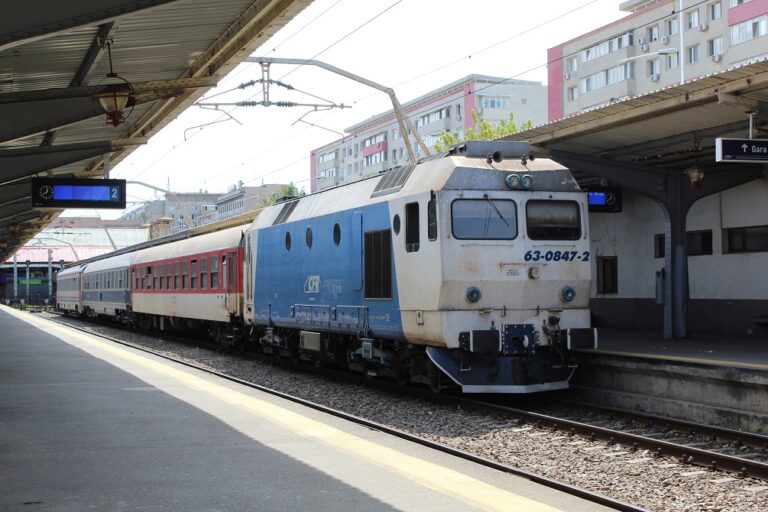

I have been flying a lot lately and I have realized that, while air travel is the fastest mode of travel, you always miss a lot of sceneries that you get to see otherwise. So, I just wanted to know whether there is a land-based transit like a train from Istanbul to Bucharest? Photo by: TrainSimFan - Own work, CC BY-SA 4.0, https://commons.wikimedia.org/w/index.php?curid=81387792

